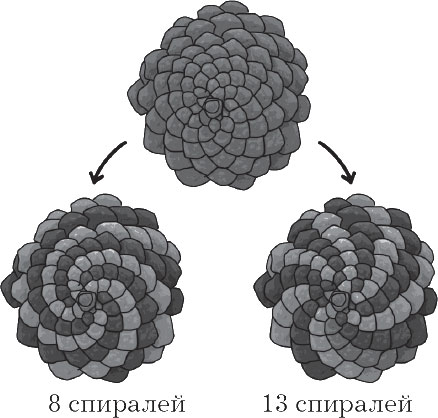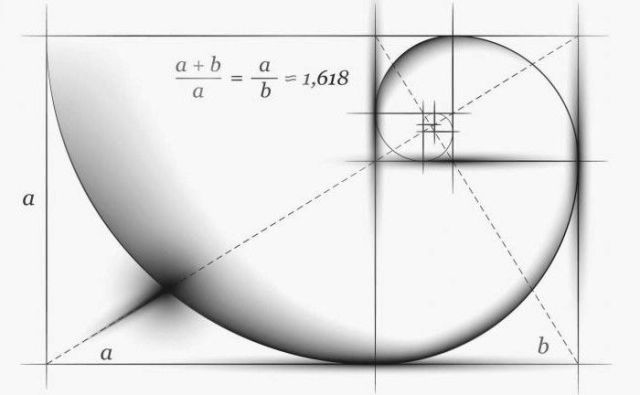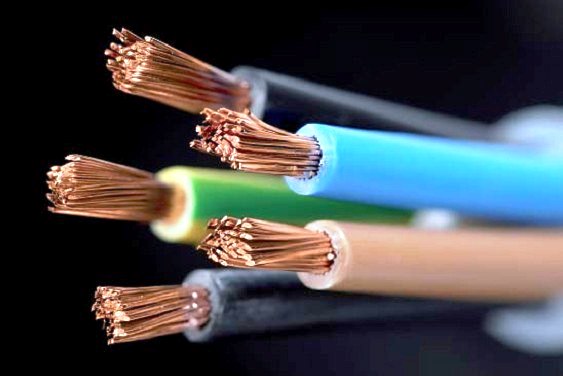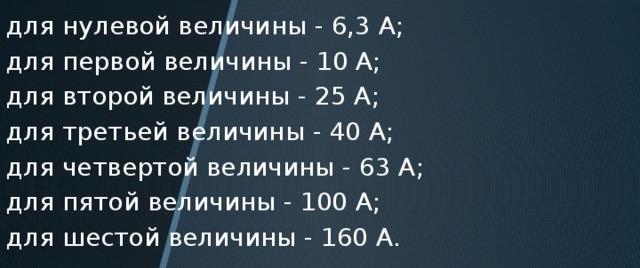Categories: Featured Articles » Interesting Facts
Number of views: 784
Comments on the article: 0
What is the connection between the wire sections and the rabbit population?
In 1202, the Italian mathematician Leonardo Fibonacci published his work under the title “Book of Abacus” (“Book of Calculations”), in which he also described number series immortalized by his name. In one of the chapters, Fibonacci tries to mathematically show how the number of rabbits will increase. He considered the following hypotheses as conditions:
1) the first two months a pair of rabbits does not give offspring;
2) starting from the third month, a pair of rabbits gives another pair of rabbits.

As a result of constructing a growth pattern of the rabbit population, we obtain the following series of numbers, noting the increase in the number of rabbits every month:
1, 1, 2, 3, 5, 8, 13, 21, 34, 55, 89, 144 …
1 + 1 = 2; 1 + 2 = 3; 2 + 3 = 5; 3 + 5 = 8…
If you carefully look at the bump, you will see that its surface consists of scales that are twisted in a spiral in accordance with the Fibonacci sequence. While in pineapple or in a flower of a sunflower, they are visible to the naked eye.

Since the time of the Antiquity of the Golden Ratio, the number = 1.618. The ancient Greeks considered the value of ideal proportion. The golden ratio is the ratio of each subsequent number in the Fibonacci series to the previous one:
144/89=89/55=55/34=34/21=21/13=13/8=8/5=5/3=1,618...
The ancient Greeks used it in architecture. The facade of the Parthenon in Athens has very similar proportions with a rectangle built on the principle of the golden ratio.

So what is the beauty of the sequence of wire cross-sections, rated currents of electric and cutoff currents of circuit breakers? Build a series of numbers with the following values: 1,5; 2.5; 4; 6; 10; 16; 25; 40; 63...

Rated currents of electromagnetic starters:

So if you divide 2.5 / 1.5; 4 / 2.5; 6.3 / 4; 10 / 6.3; 16/10; 25/16; 40/25; 63/40then we get about 1.6. Which corresponds to the golden ratio rule. And reflects the beauty and genius of nature even in our boring engineering systems.
And what do you think? It is an accident?
Based on the book "A great novel about mathematics. History of the world through the prism of mathematics" by Michael Lone. Thanks for the recommendation from Vladimir Kisel.
Alexey Bushnyaga
See also at bgv.electricianexp.com
:
